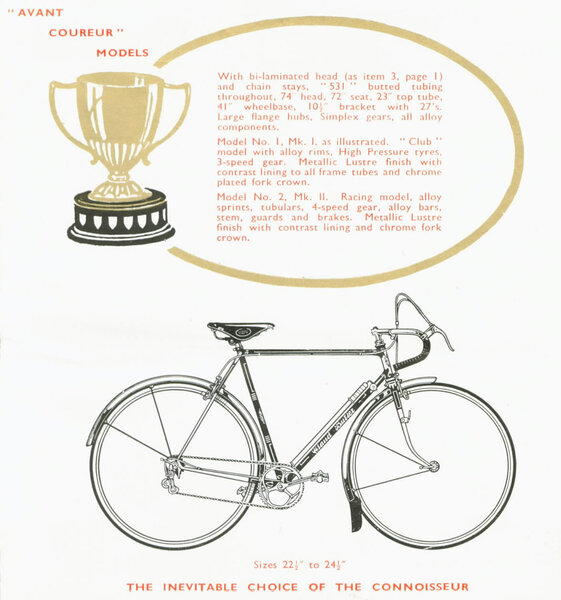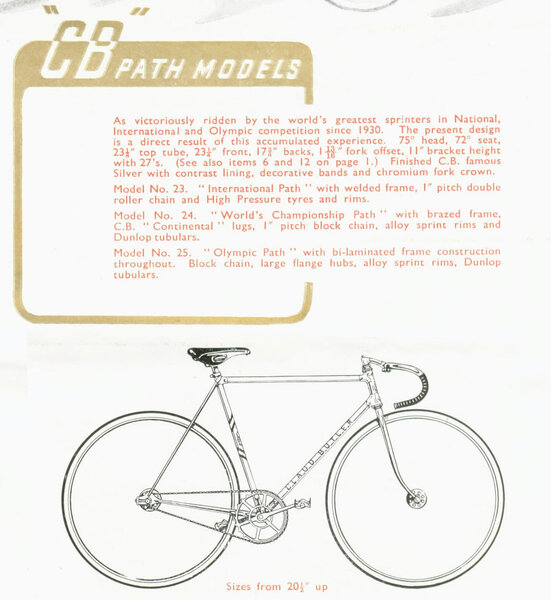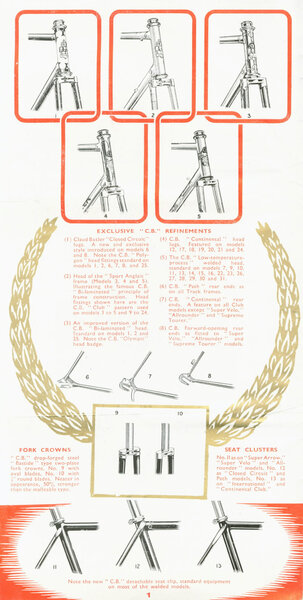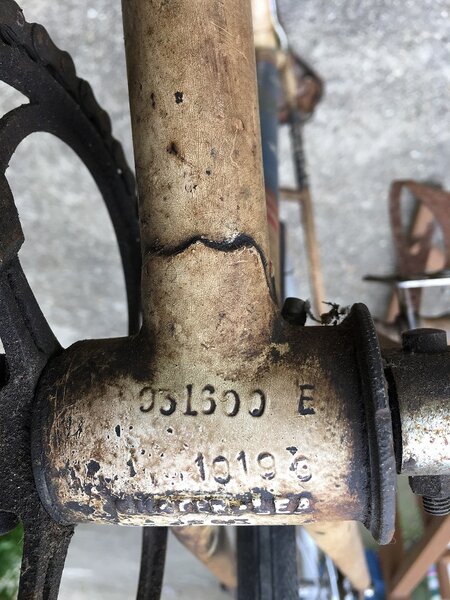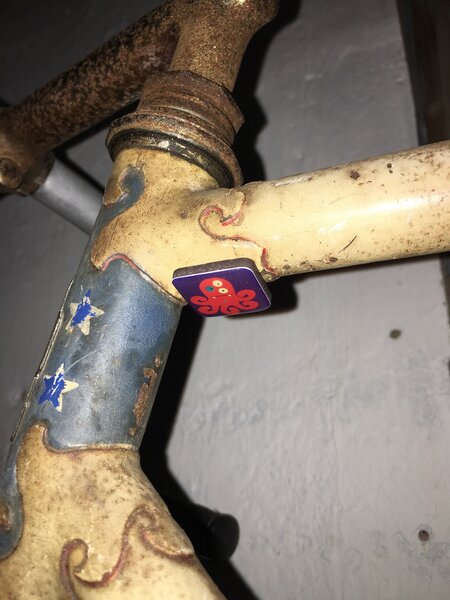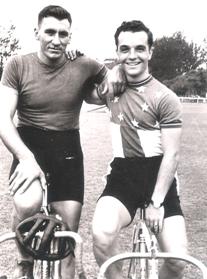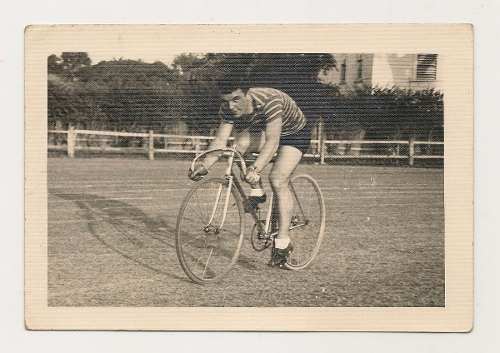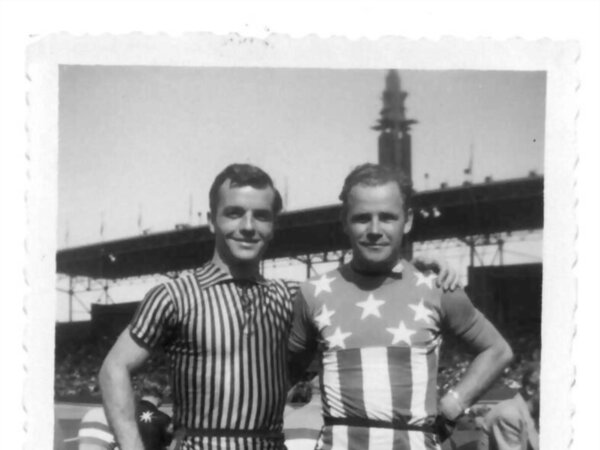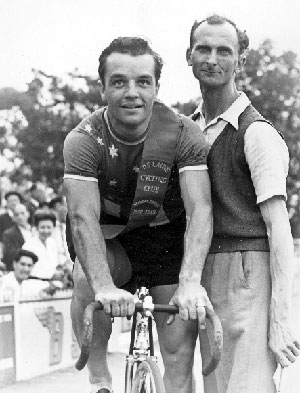Peachy!
Retrobike Rider
BoTM Winner
Gold Trader
rBoTM Triple Crown
rBotM Winner
98+ BoTM Winner
Claud Butler Fan
VCC Claud Butler ME
- Feedback
- View
Re: Re:
Keith, check the earlier photos on the thread, showing the Chater Lea bottom bracket. Defiantly the pre-1950 numbering system, with the first number ‘9’ denoting 1949. Also with the post 1948 Olympic head badge that pretty much nails it.
keithglos":2o97ydo8 said:Without looking at frame numbers I would have guessed 1952/3. Brampton deadly headset is certainly in the 50s. Been wrong before about CB though.
Keith
Keith, check the earlier photos on the thread, showing the Chater Lea bottom bracket. Defiantly the pre-1950 numbering system, with the first number ‘9’ denoting 1949. Also with the post 1948 Olympic head badge that pretty much nails it.
